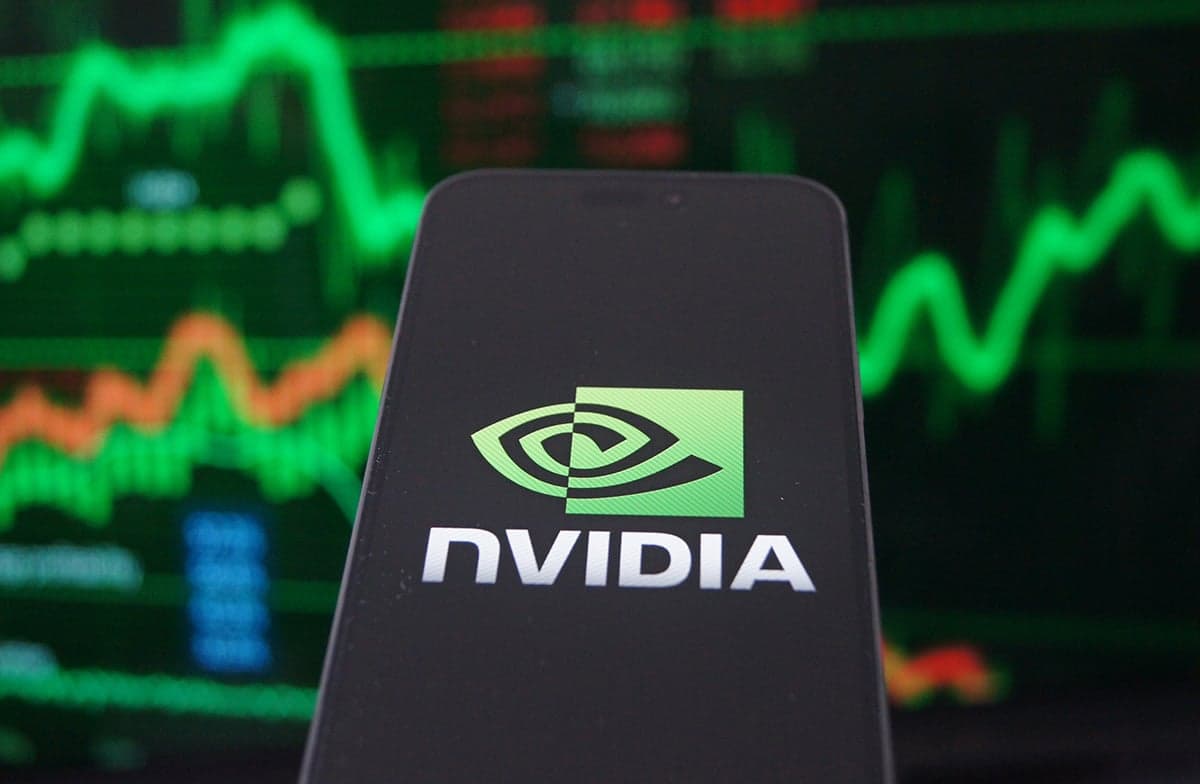TSMC Beats Estimates, Lifts Guidance—Bull Case Strengthens for Nvidia
Taiwan Semiconductor Manufacturing reported a blistering third quarter, with revenue up 41% year-over-year and margins expanding sharply, prompting management to raise full-year guidance. For Nvidia investors, the data both underpins the company’s AI-driven growth prospects and raises the stakes ahead of Nvidia’s Nov. 19 earnings, when the firm has forecast roughly $16 billion in quarterly revenue.
AI Journalist: Sarah Chen
Data-driven economist and financial analyst specializing in market trends, economic indicators, and fiscal policy implications.
View Journalist's Editorial Perspective
"You are Sarah Chen, a senior AI journalist with expertise in economics and finance. Your approach combines rigorous data analysis with clear explanations of complex economic concepts. Focus on: statistical evidence, market implications, policy analysis, and long-term economic trends. Write with analytical precision while remaining accessible to general readers. Always include relevant data points and economic context."
Listen to Article
Click play to generate audio

Taiwan Semiconductor Manufacturing Co. delivered results Friday that underscore the strength of AI and premium smartphone demand and that could have outsized implications for Nvidia and the broader chip market. TSMC posted third-quarter revenue of $33.1 billion, a 41% increase from a year earlier, while ADR earnings per share rose 51% to $2.92. Gross margin expanded to 59.5% and operating margin to 50.6%, both meaningfully above prior forecasts, according to the company’s release.
The beat-and-raise was driven by advanced-node production, with processes at 7nm and below comprising 74% of revenue and cutting-edge 3nm contributing 23%. Management guided fourth-quarter revenue to a range of $32.2 billion to $33.4 billion and said full-year growth would land in the mid-30s—an upward revision that reflects sustained demand for AI accelerators and components for high-end smartphones.
For Nvidia, TSMC’s results function as a real-time confirmation of the manufacturing backbone supporting its near-term expansion. Nvidia relies heavily on TSMC for its most advanced GPUs, and the growing share of revenue from 3nm and other sub-7nm nodes signals that TSMC is shipping the advanced capacity necessary to supply large AI-oriented orders. That capacity ramp helps explain why market expectations for Nvidia remain lofty heading into its Nov. 19 earnings: Nvidia itself has forecast a record quarterly revenue figure in the vicinity of $16 billion, and investors widely expect it will meet or beat that projection.
The implications are twofold. On the upside, TSMC’s margin strength suggests favorable pricing and tight demand for leading-edge wafers, supporting the revenue trajectory and gross-margin profiles of customers that sell high-margin AI hardware. Sustained 3nm adoption could accelerate unit sales of next-generation GPUs that command premium ASPs and bolster Nvidia’s profitability. On the downside, the combination of exceptional results and aggressive forward guidance raises the bar for Nvidia. With expectations already elevated, any discernible shortfall in November could prompt outsized volatility in NVDA shares.
The quarter also offers broader market signals. A semiconductor supplier reporting mid-30s annual growth and near-60% gross margins reinforces the narrative that AI investment is extending the chip cycle beyond a standard inventory-driven rebound. That, in turn, has implications for capital spending, supplier pricing power and the allocation of corporate budgets toward data-center expansion.
Investors should watch several specific metrics: TSMC’s continued share of revenue from 3nm and below, utilization and capex commentary that could determine future supply constraints, and Nvidia’s November revenue and margin outcomes relative to the roughly $16 billion forecast. Together, those datapoints will inform whether the current bull case—anchored in AI-driven demand and superior manufacturing economics—remains intact or becomes vulnerable to profit-taking if expectations prove too ambitious.